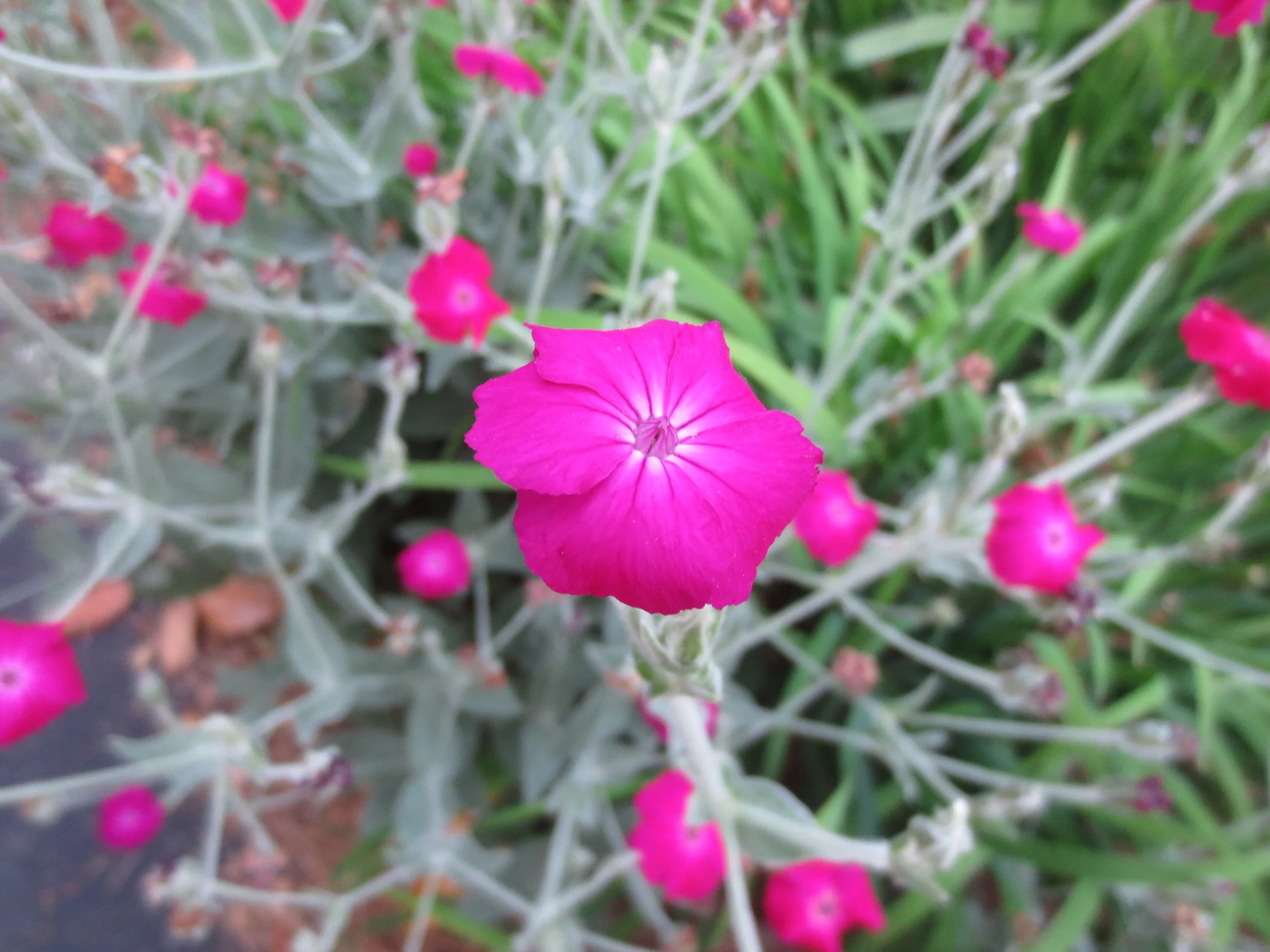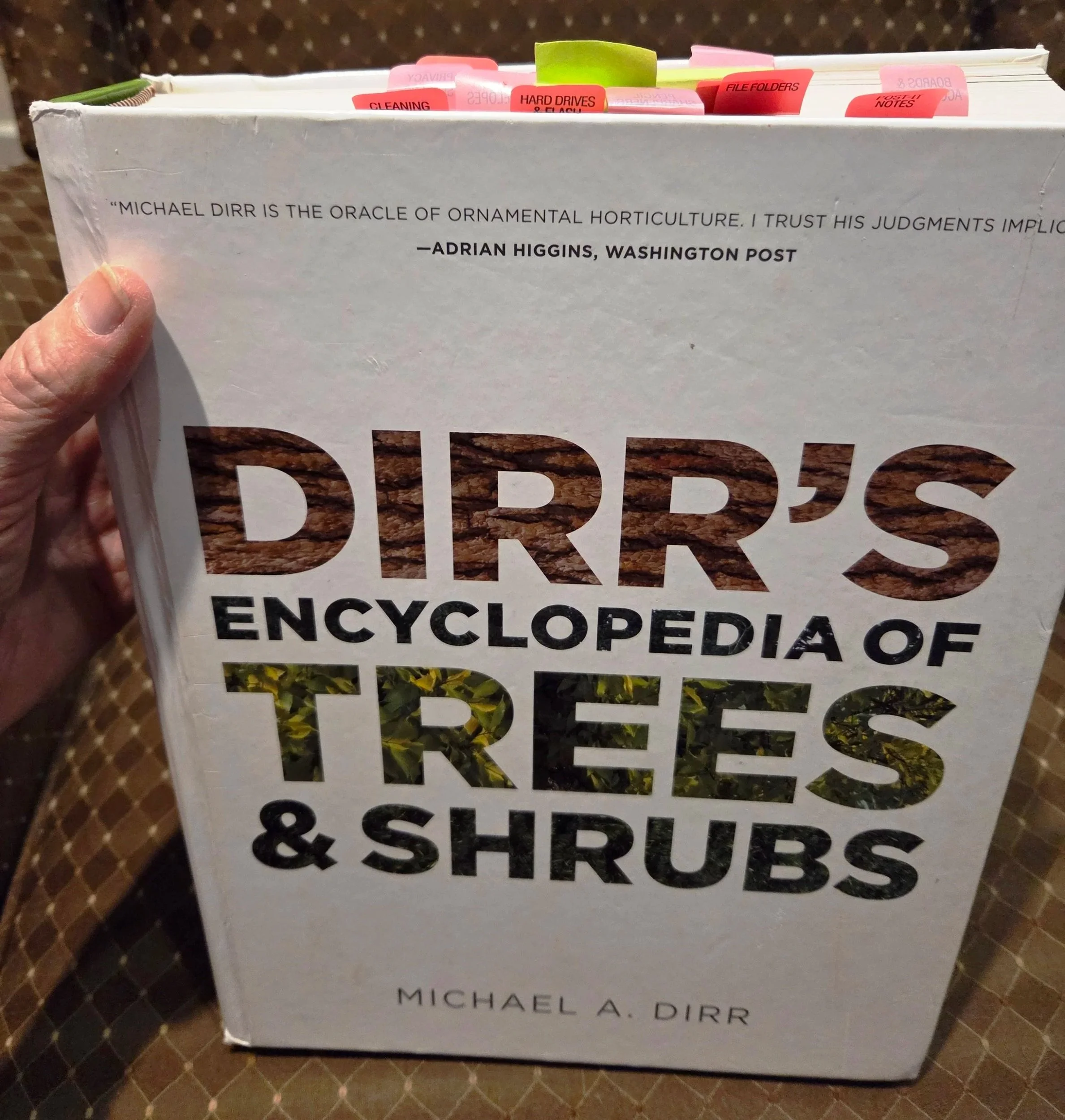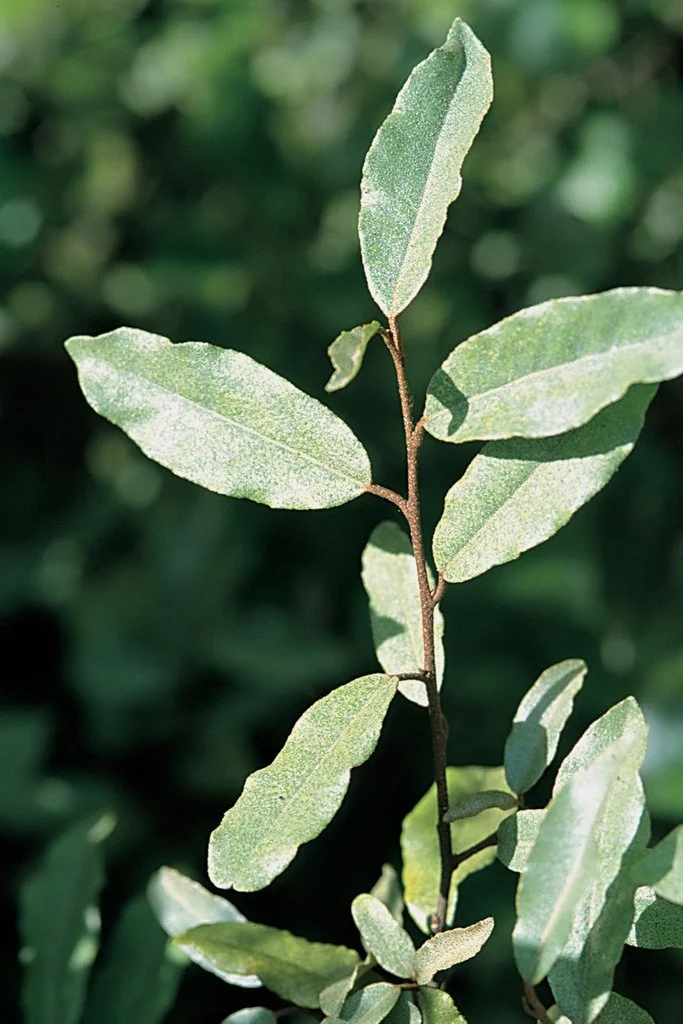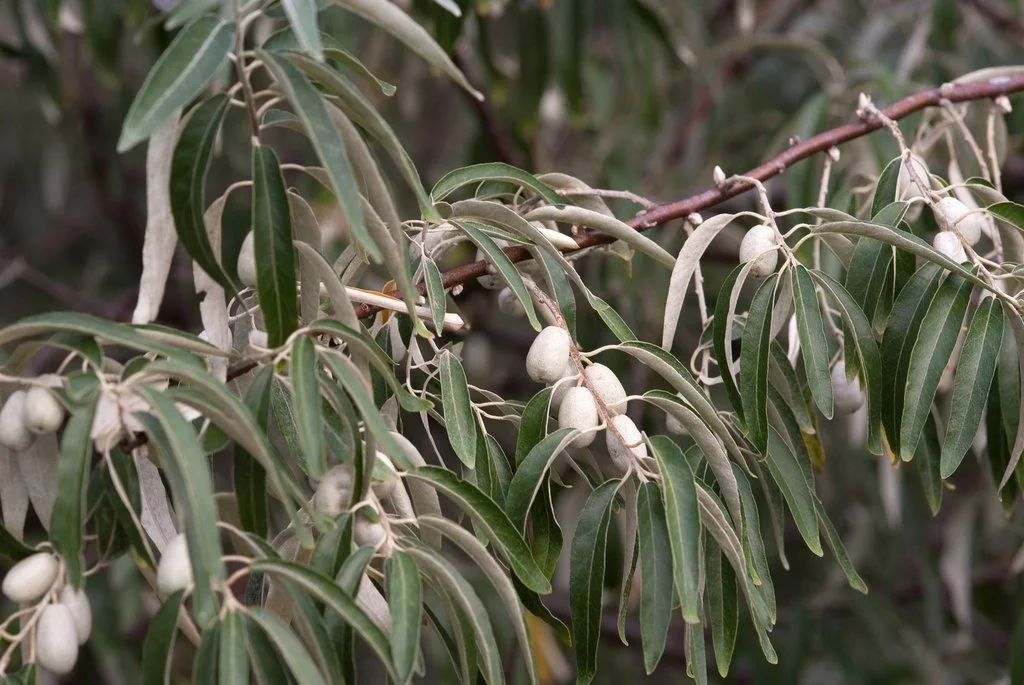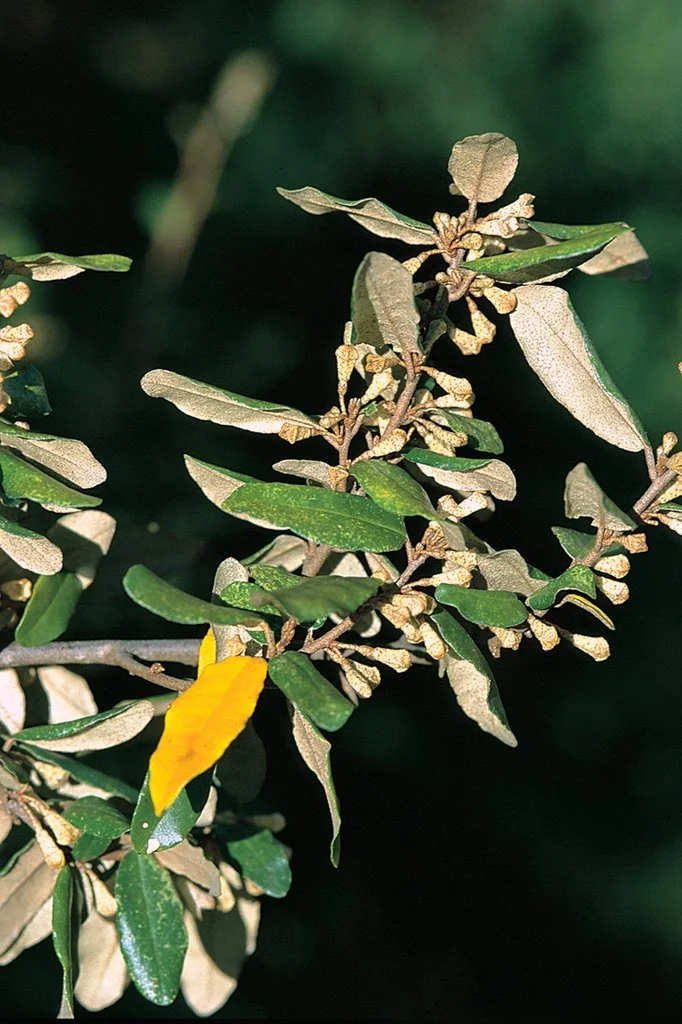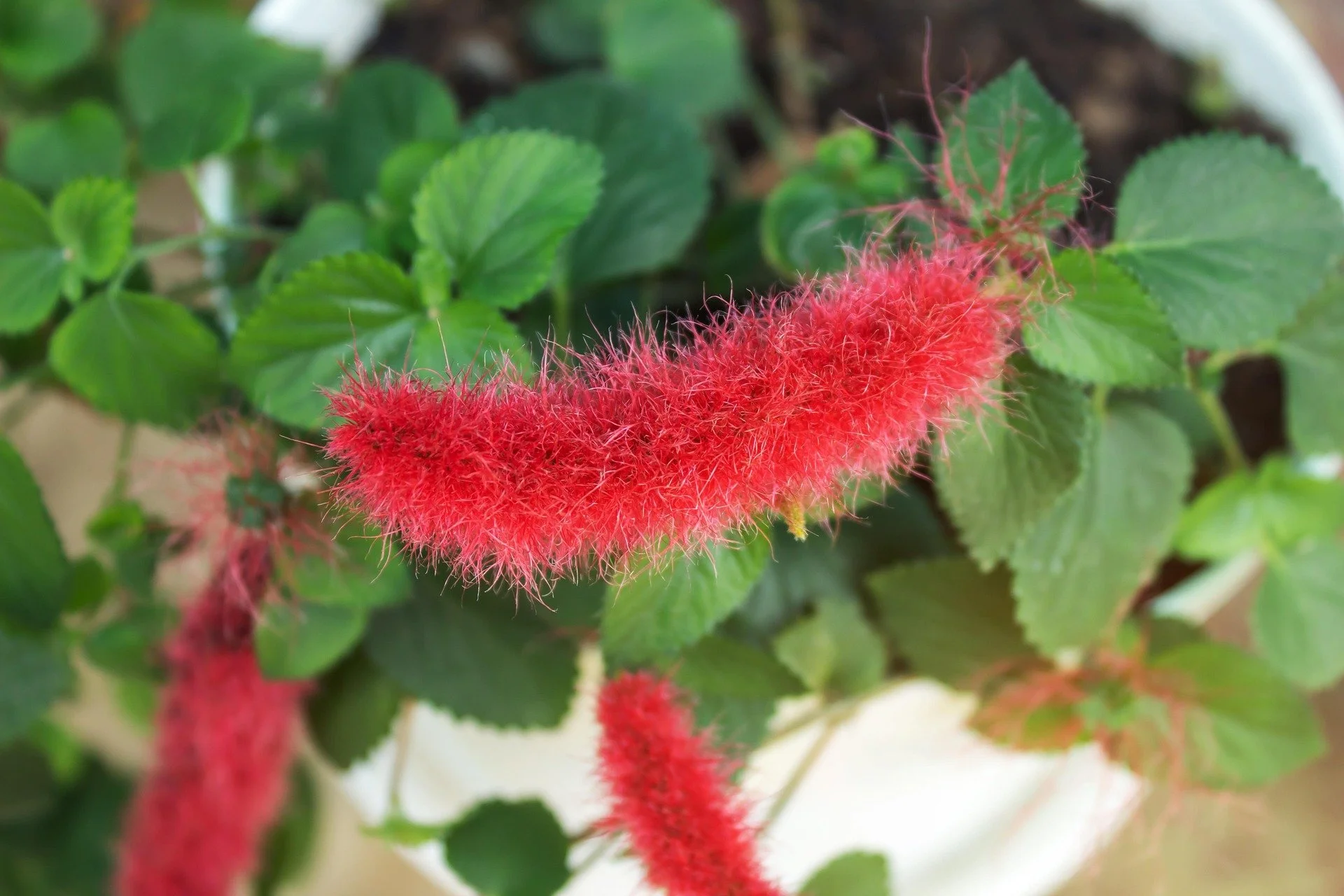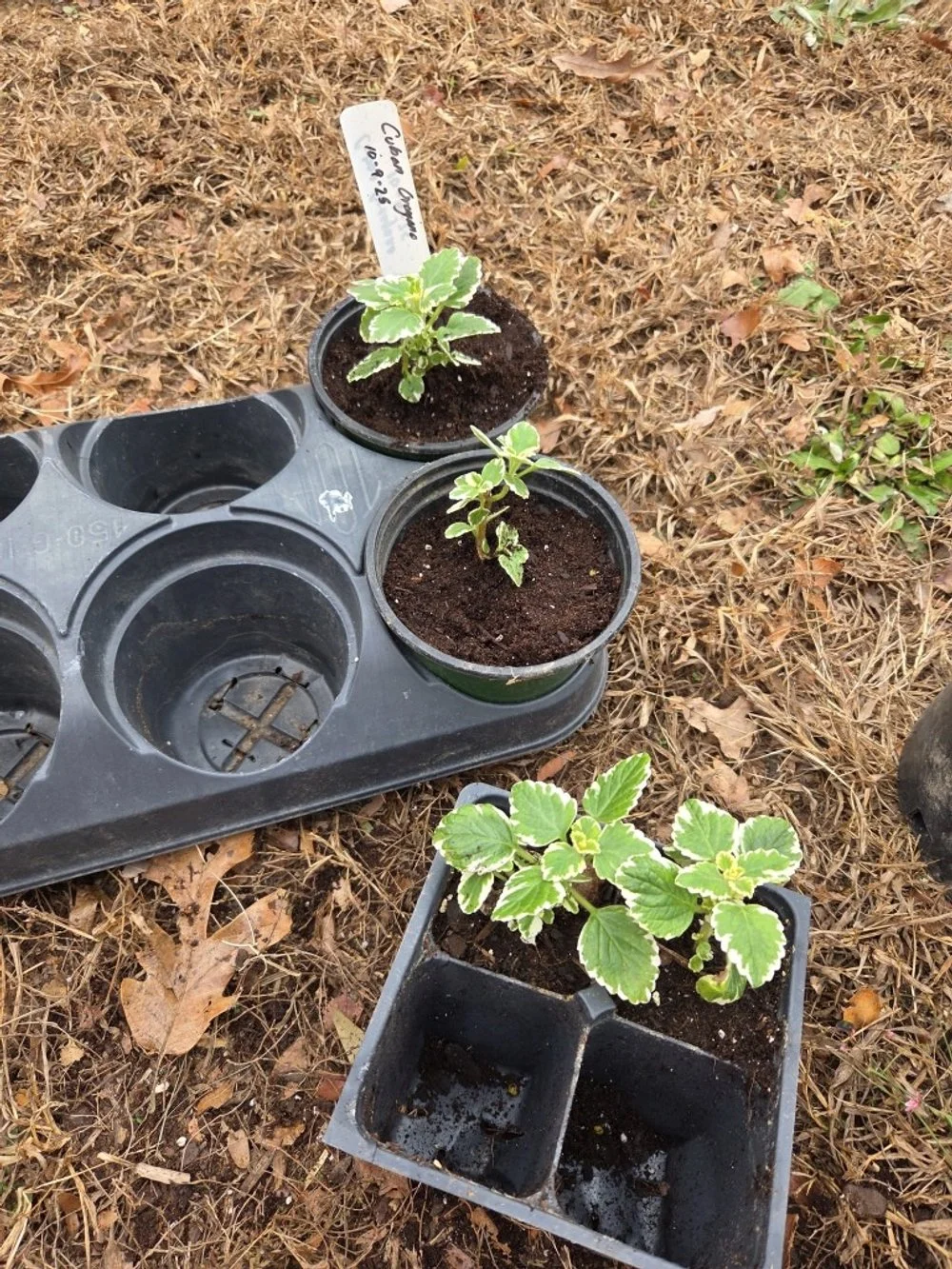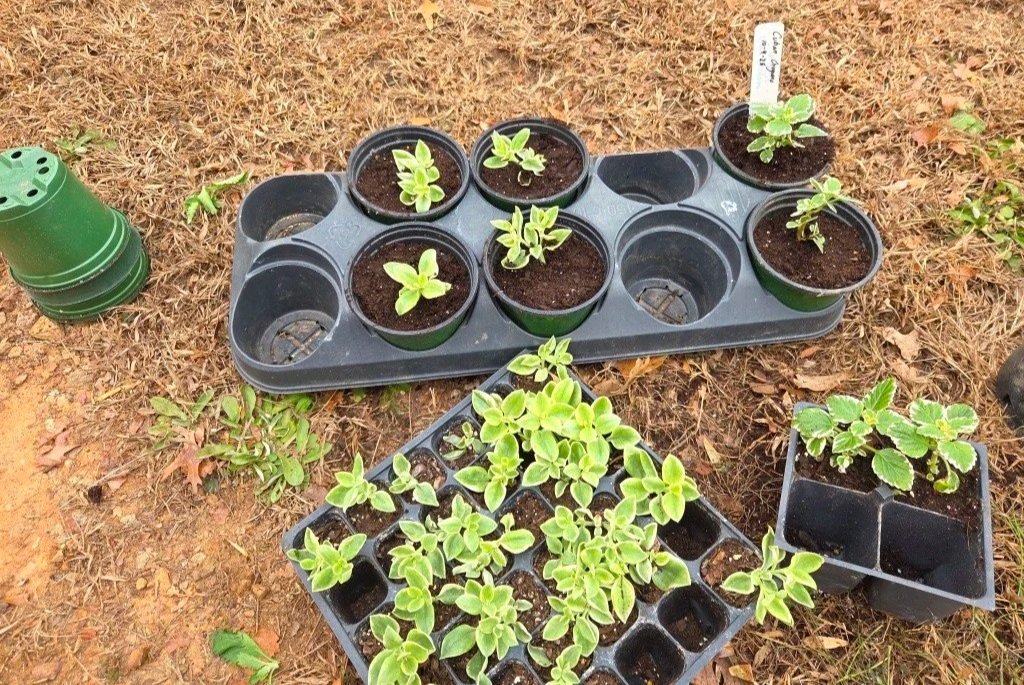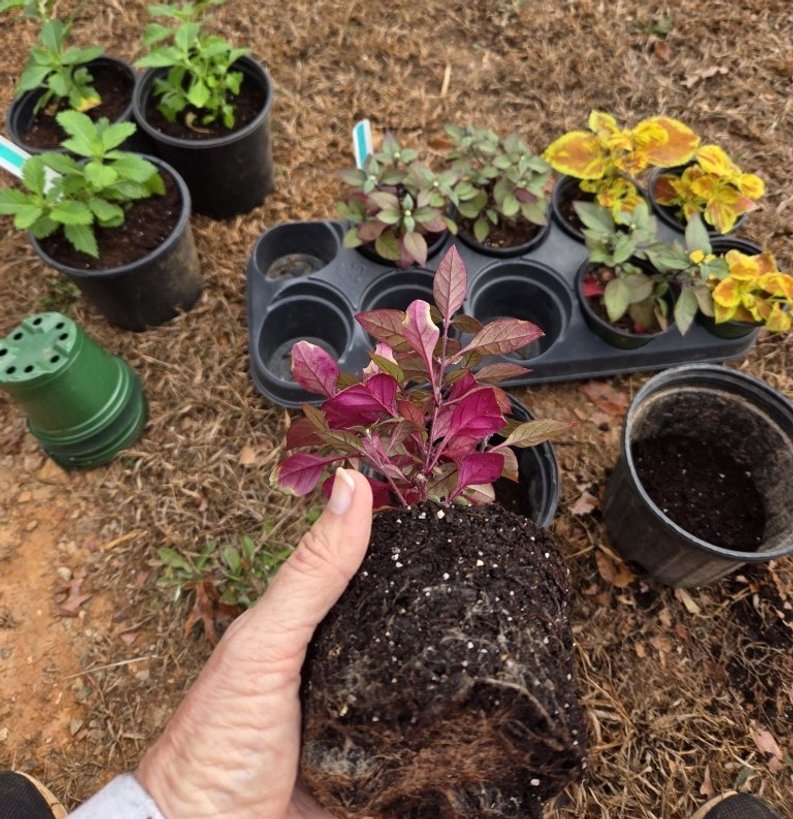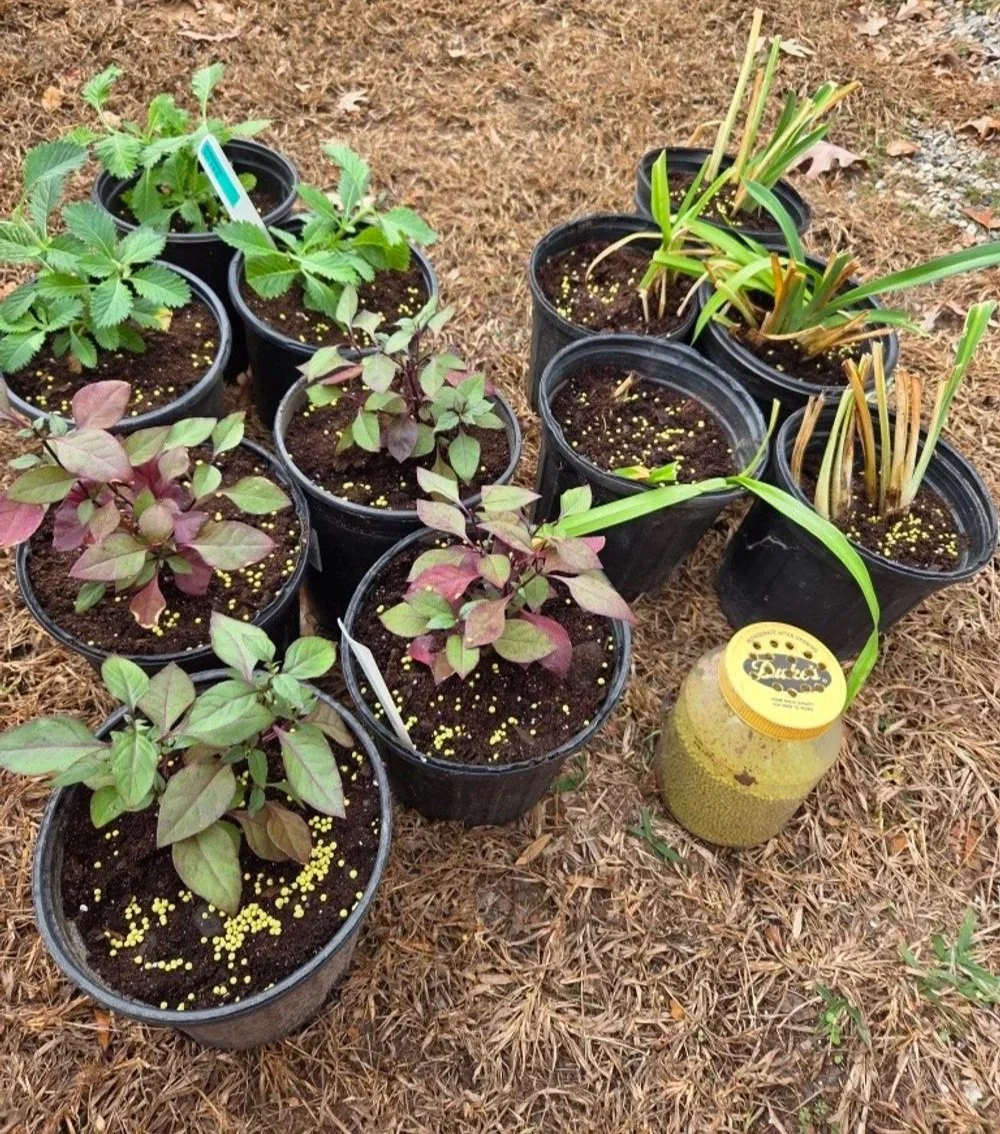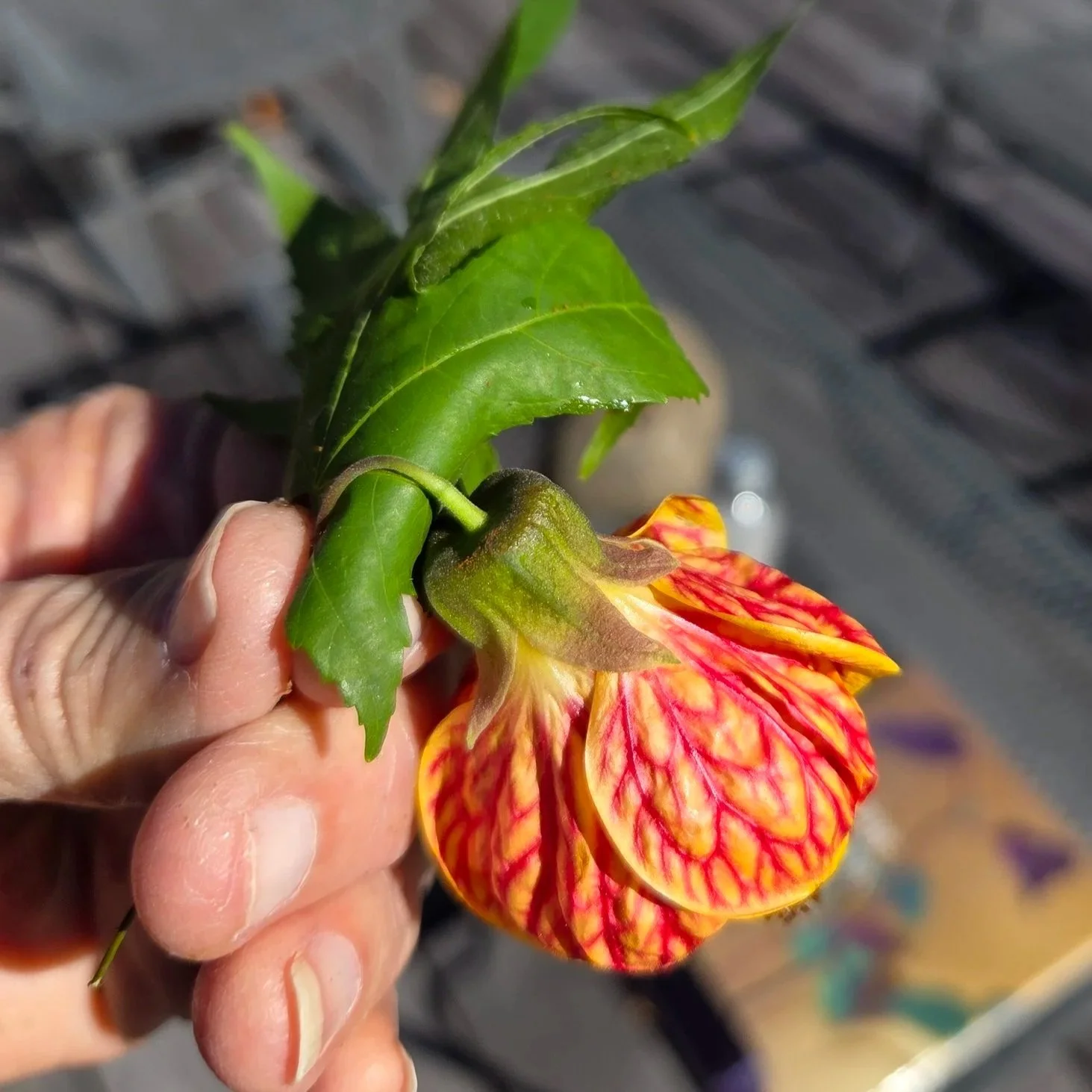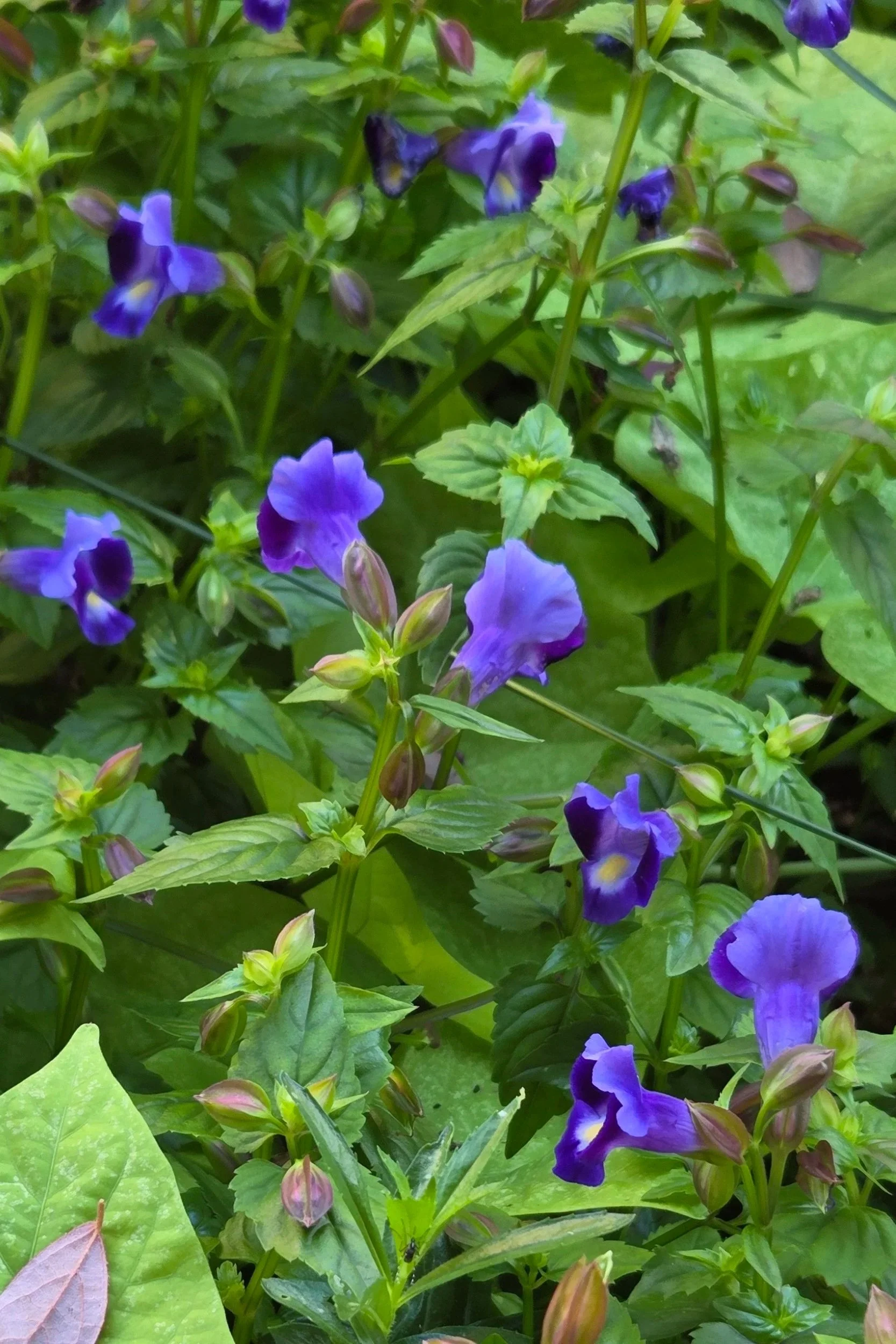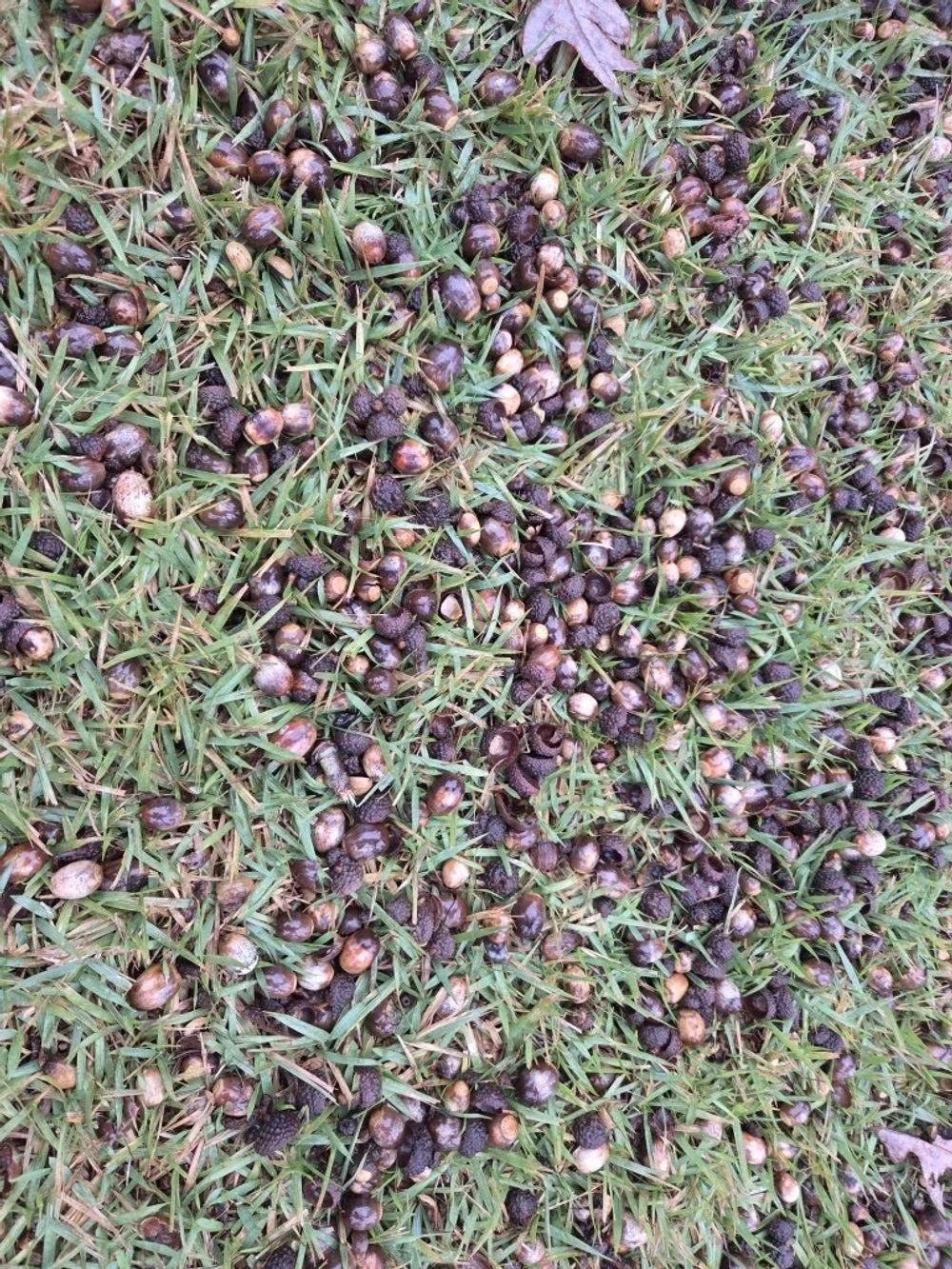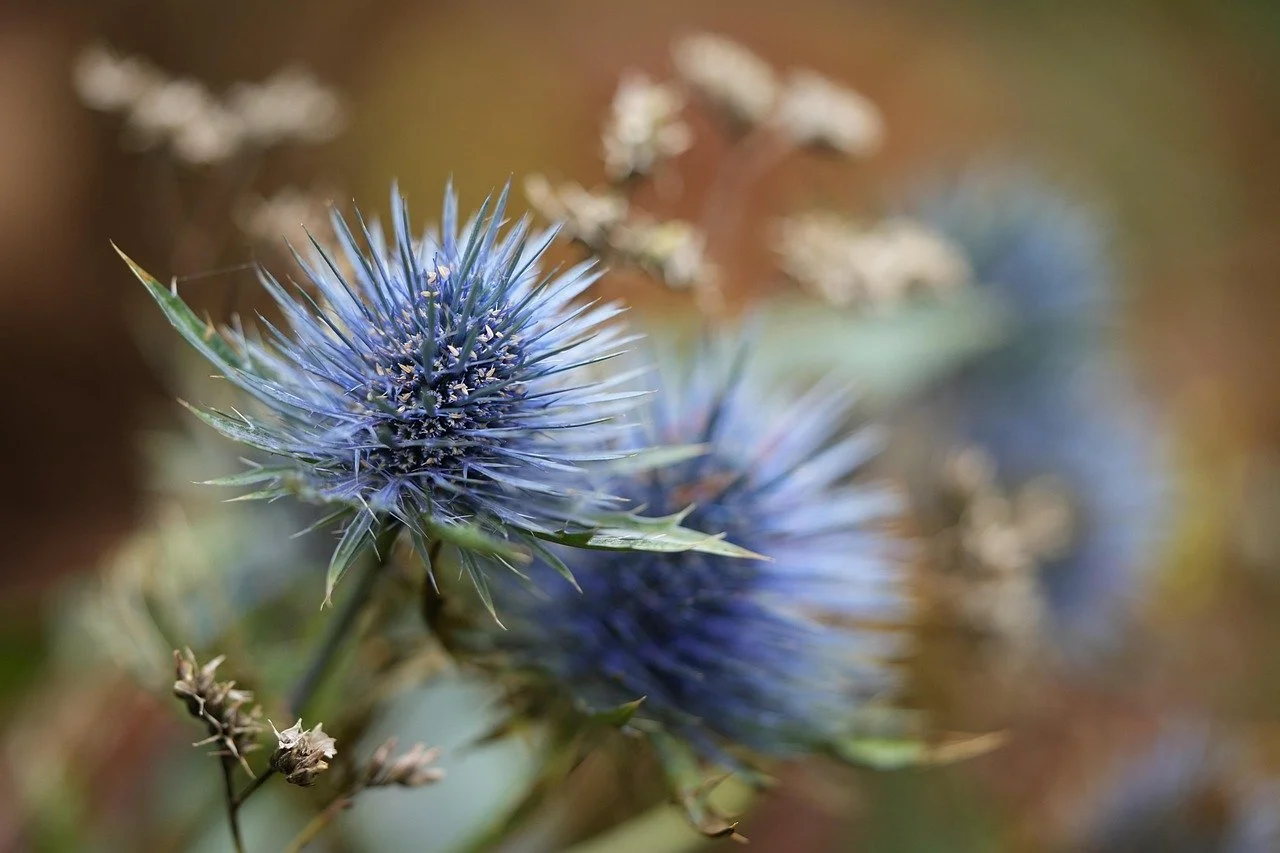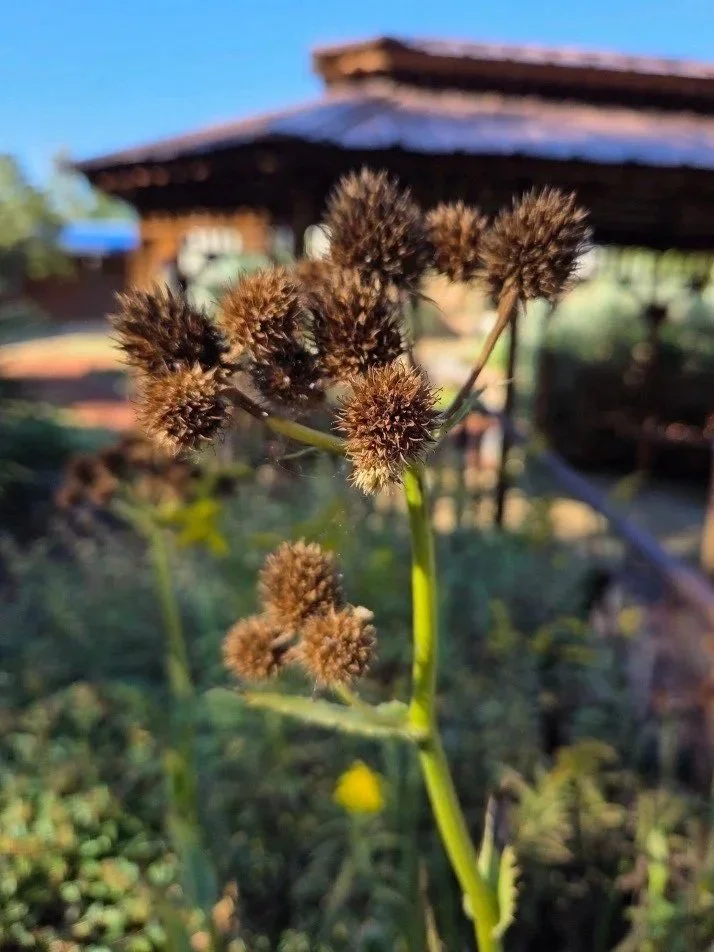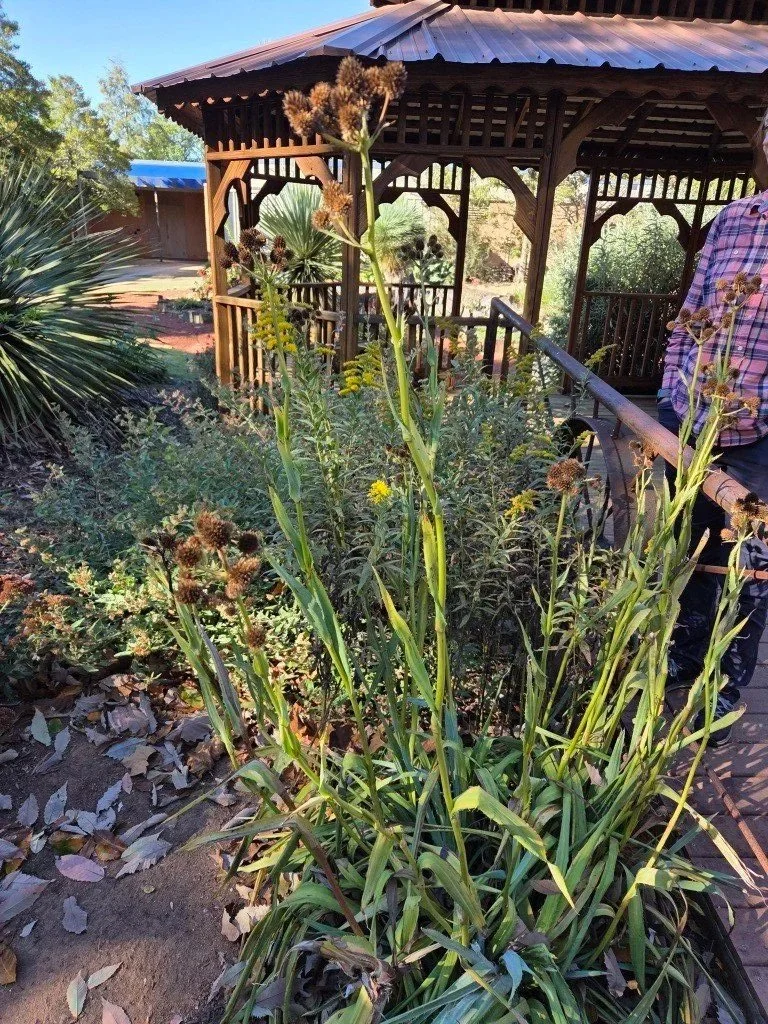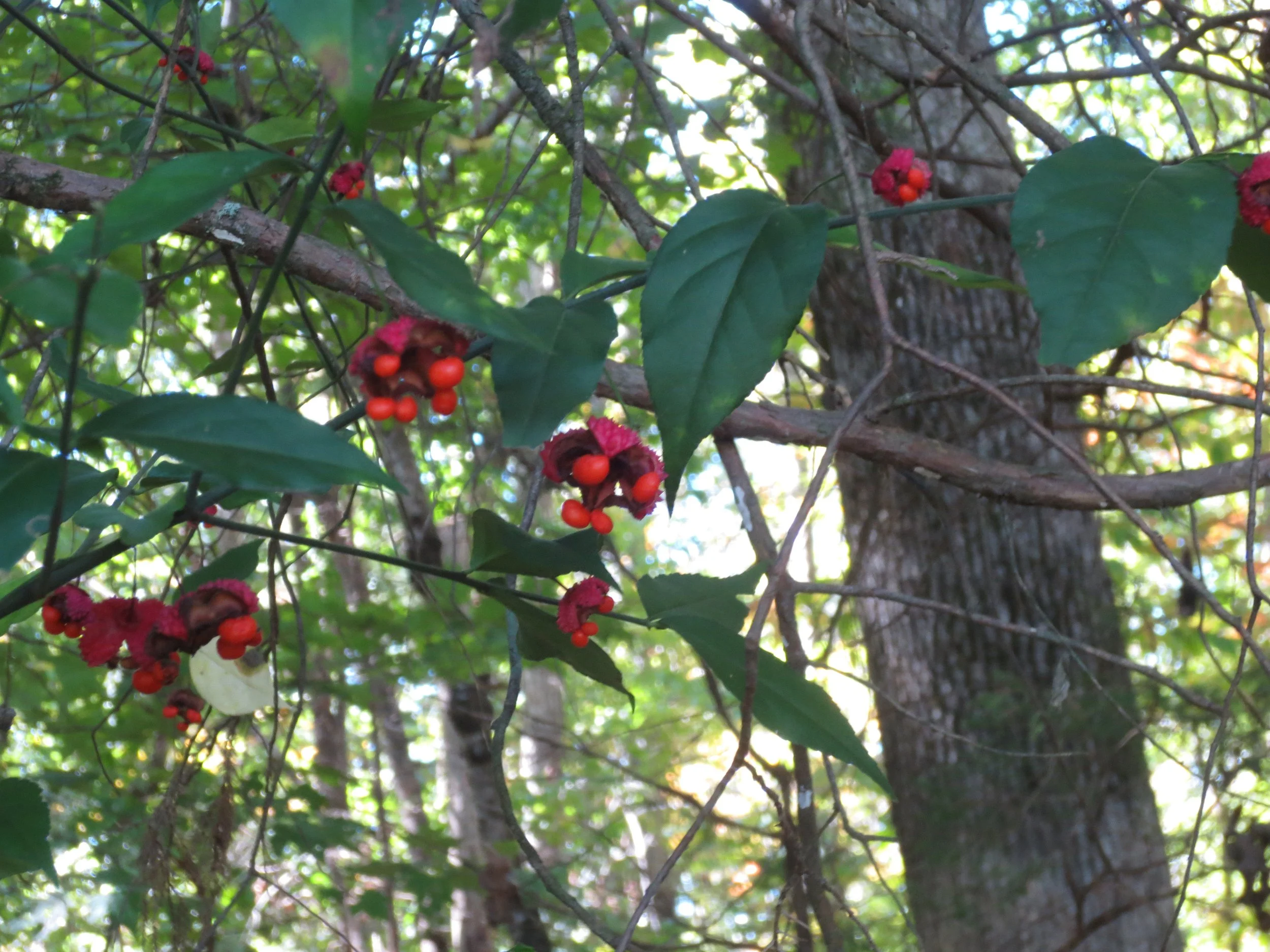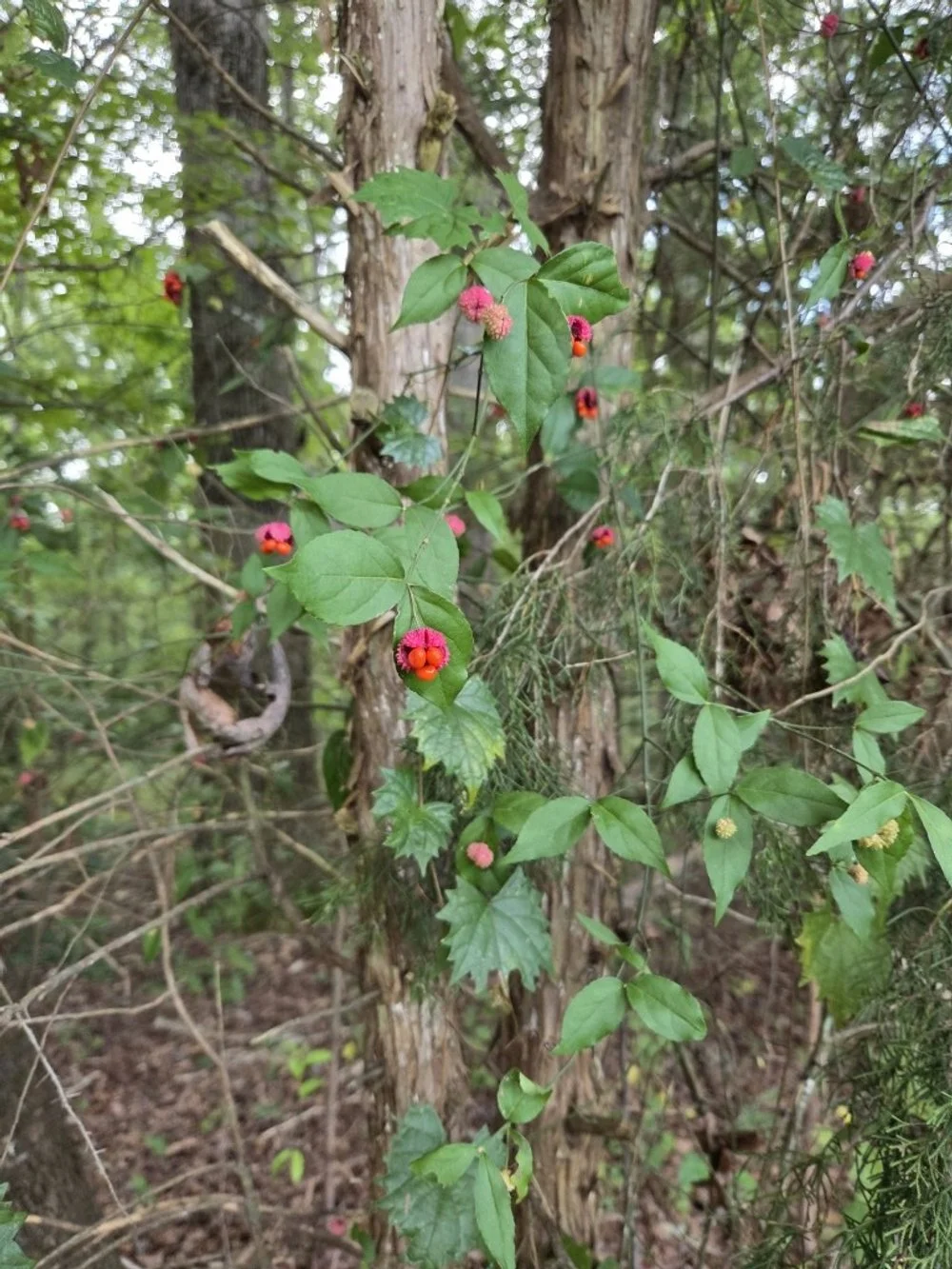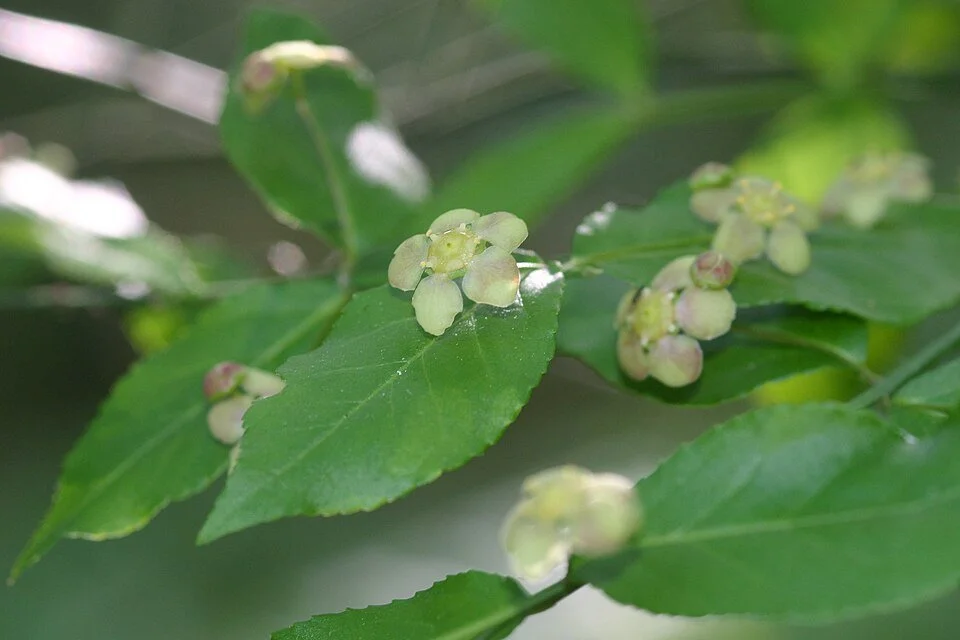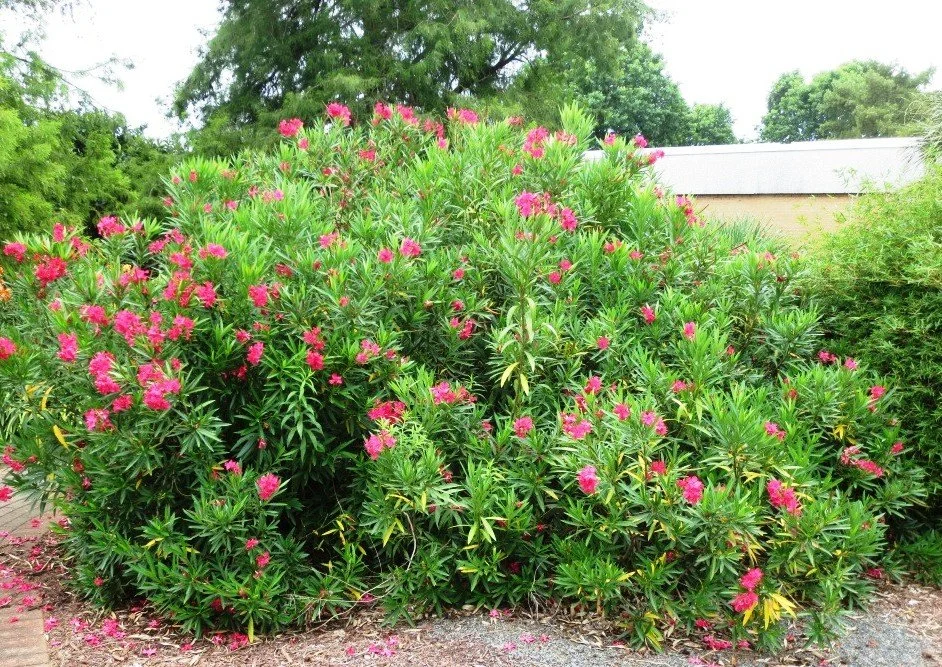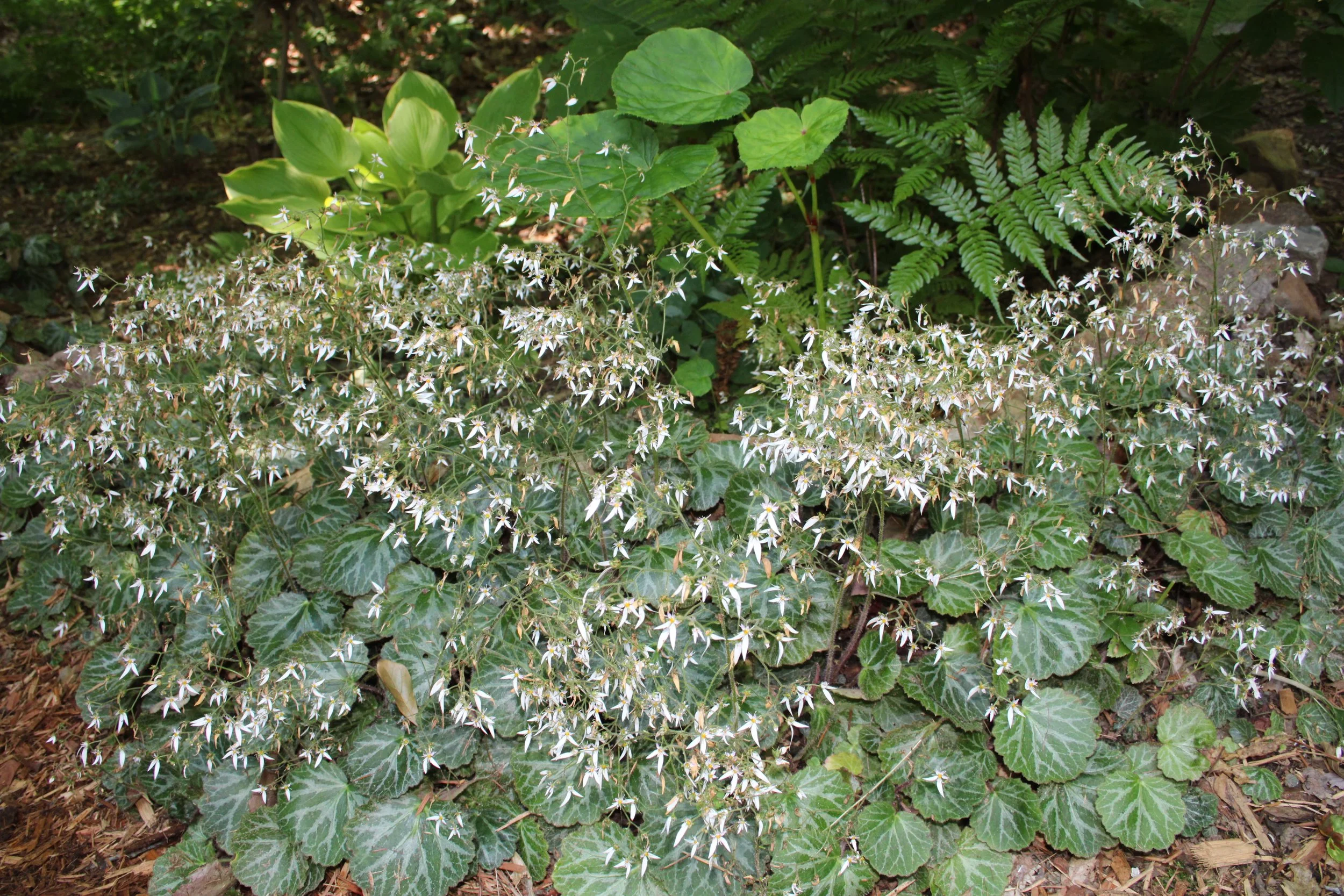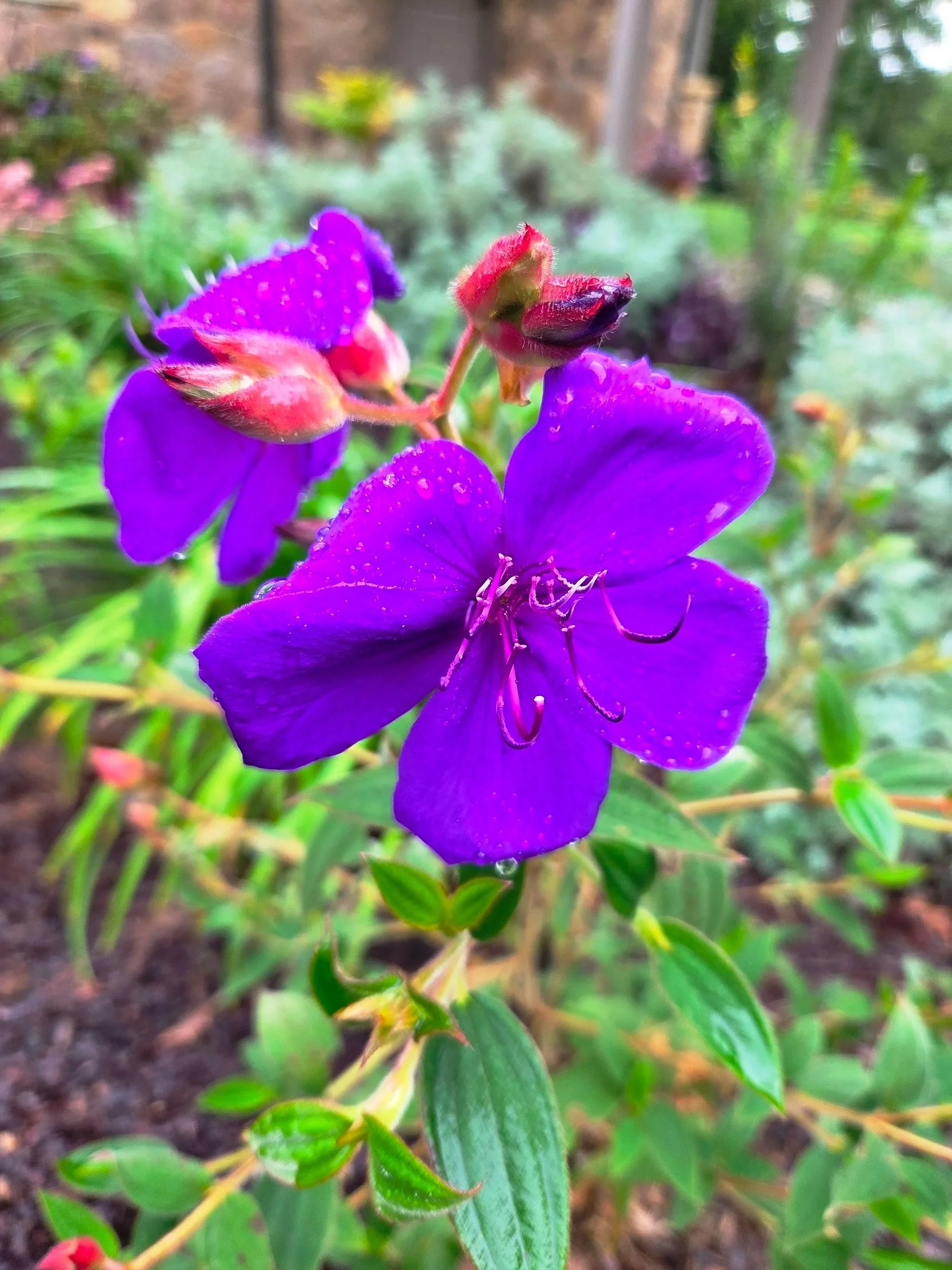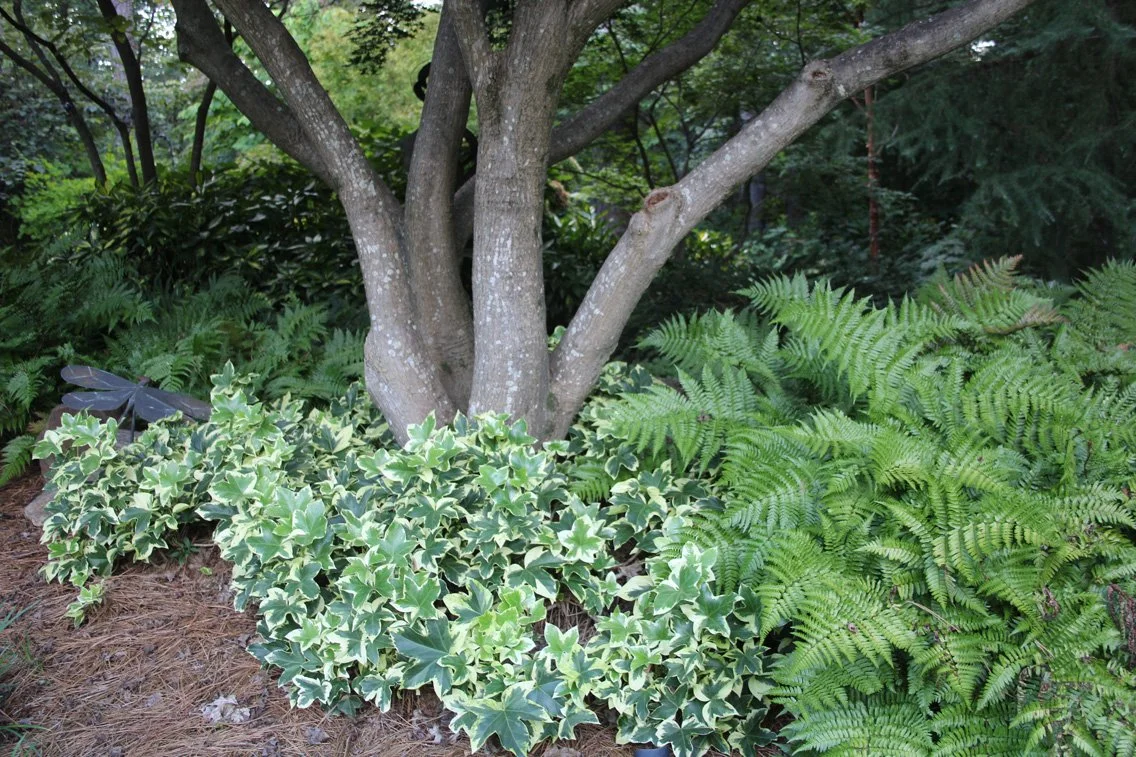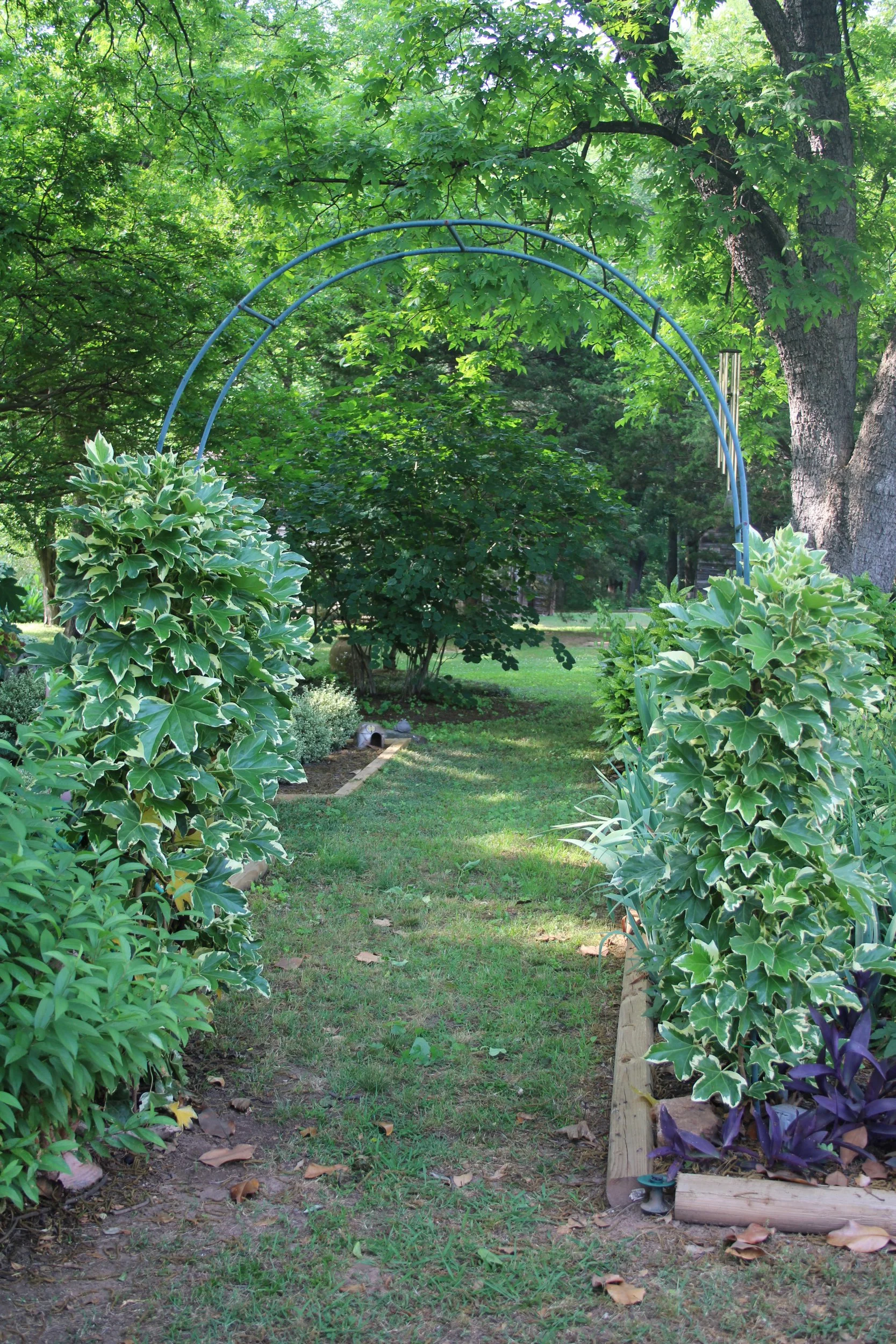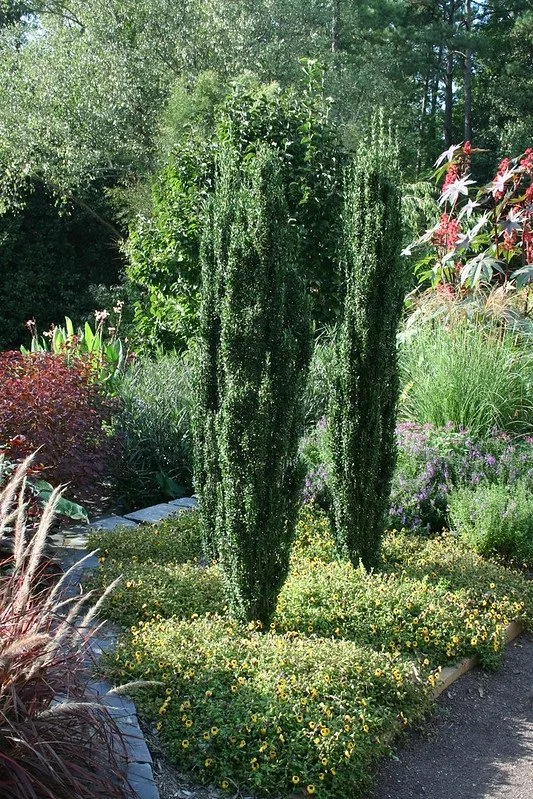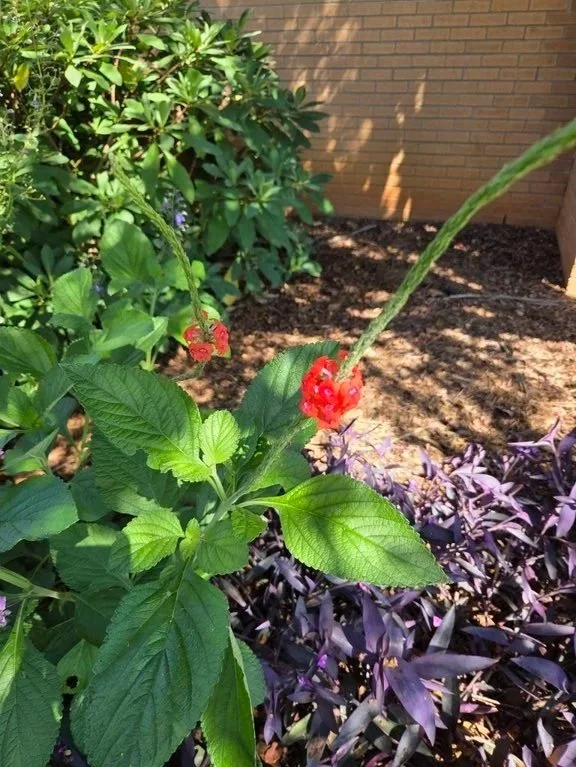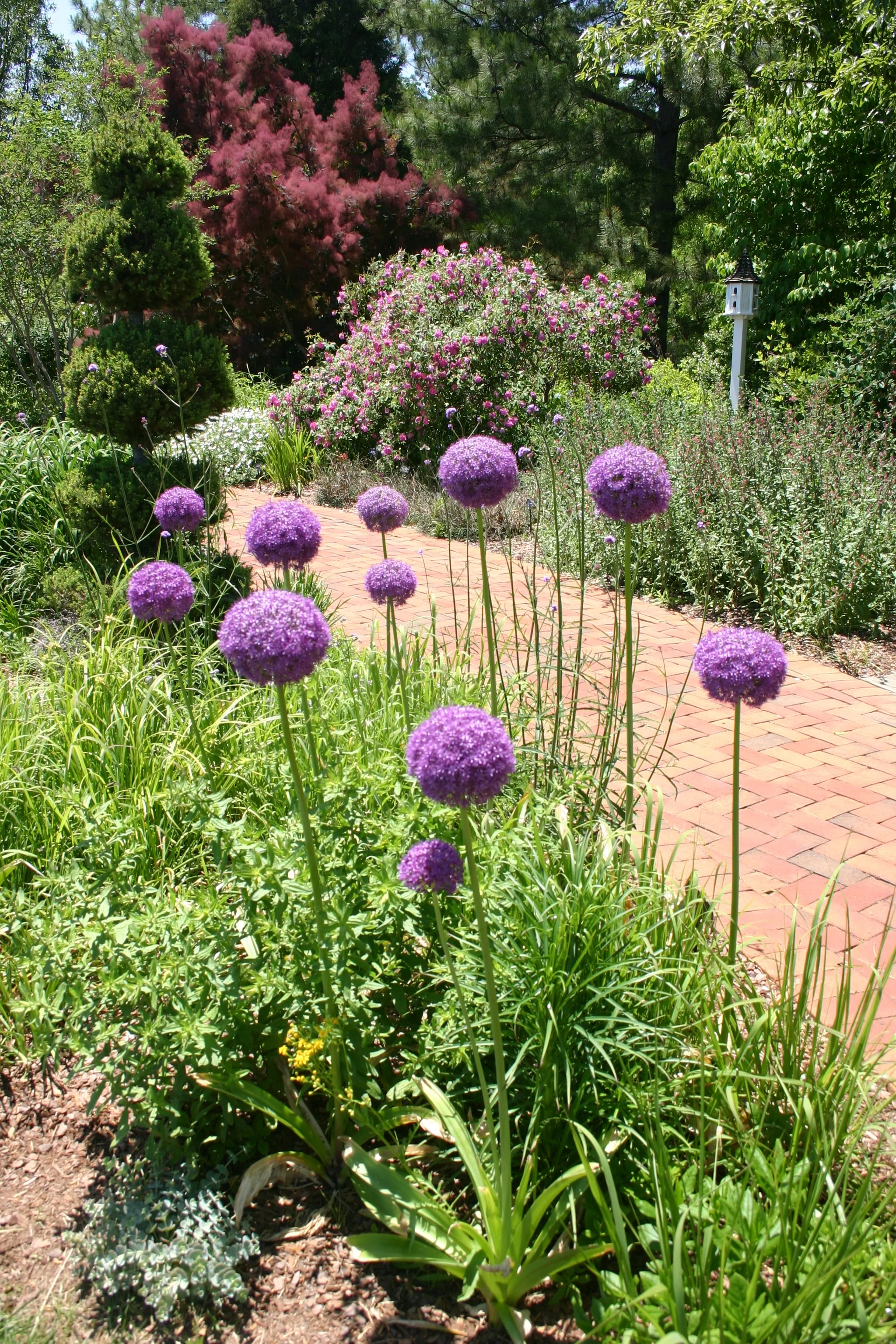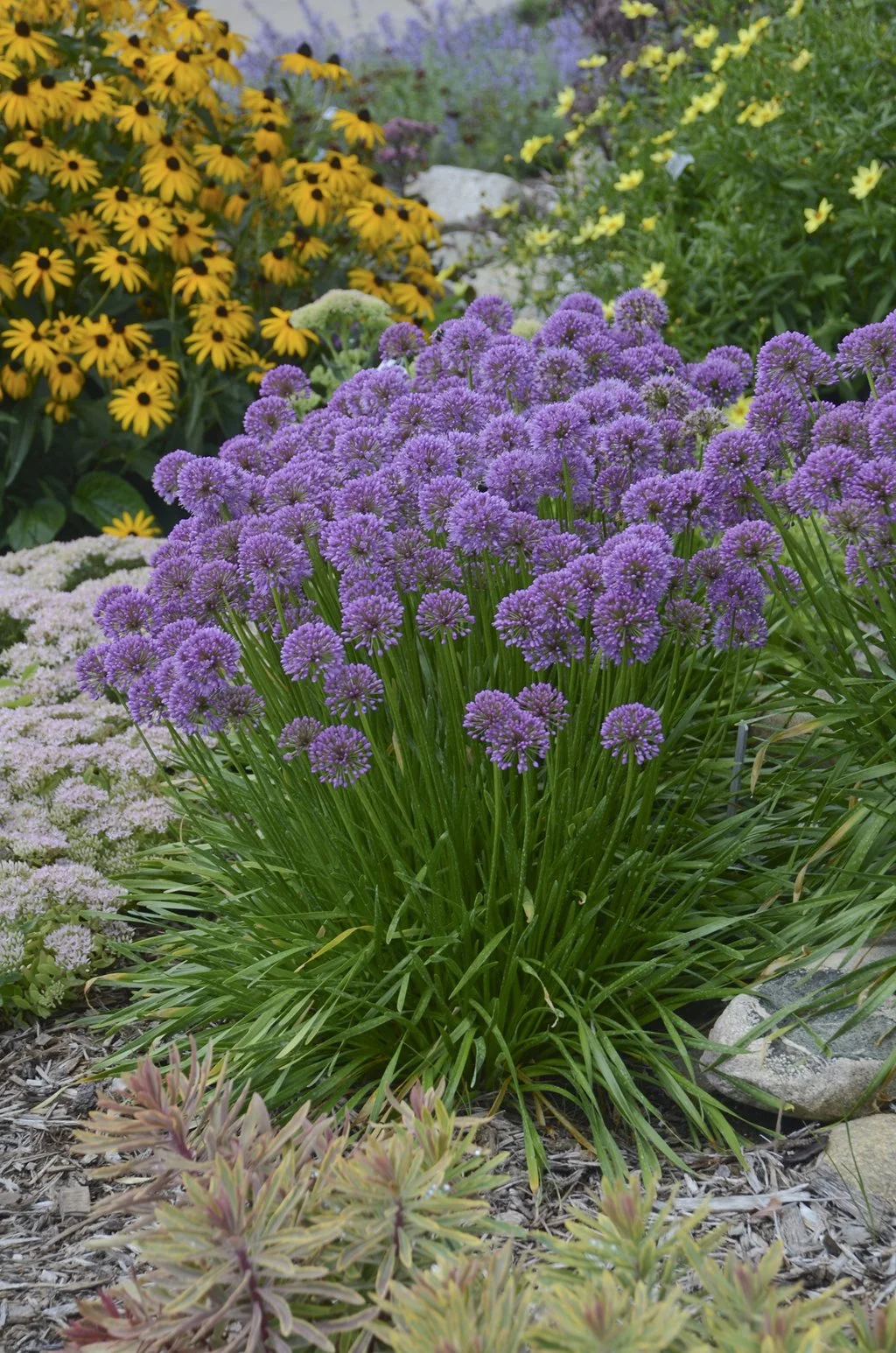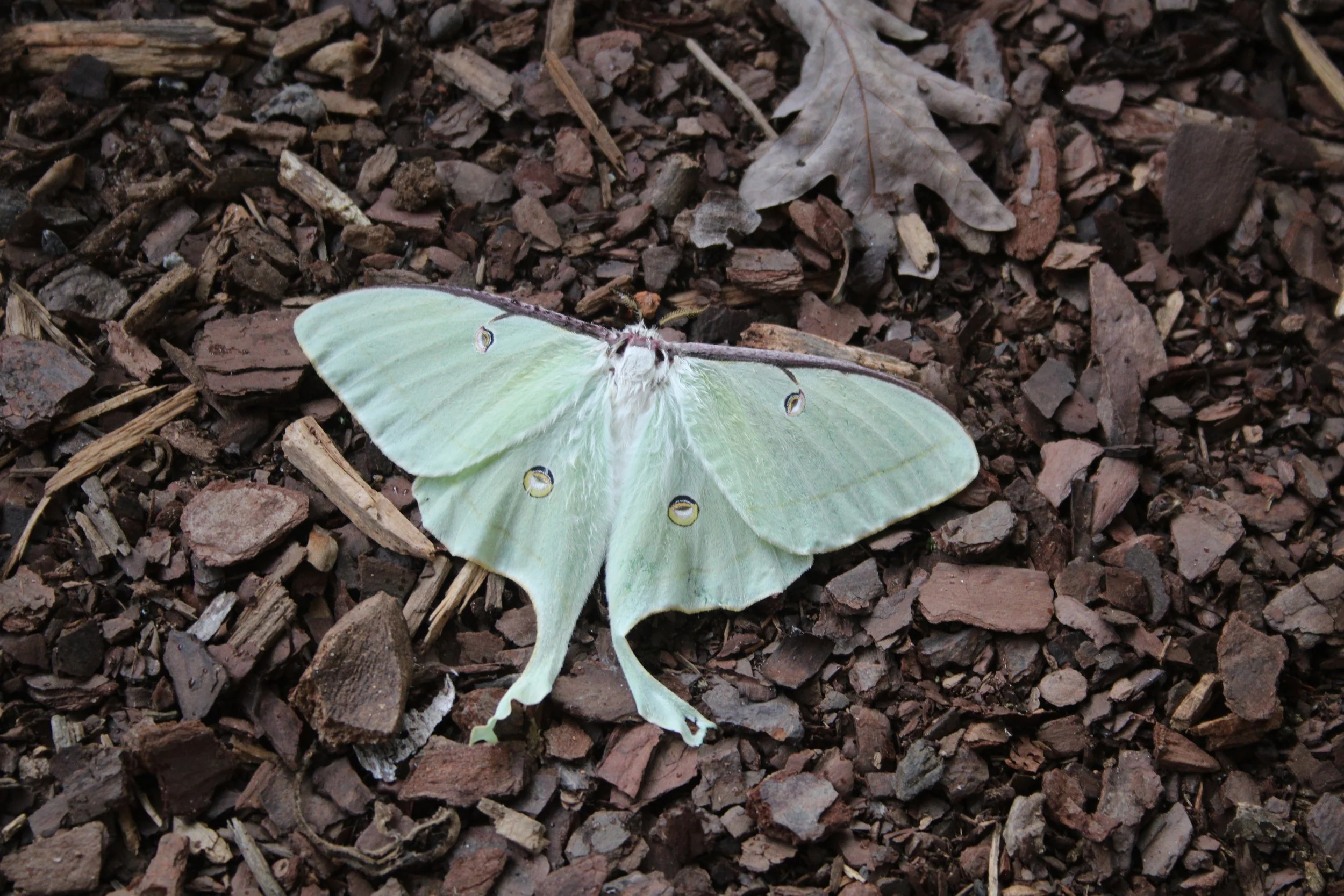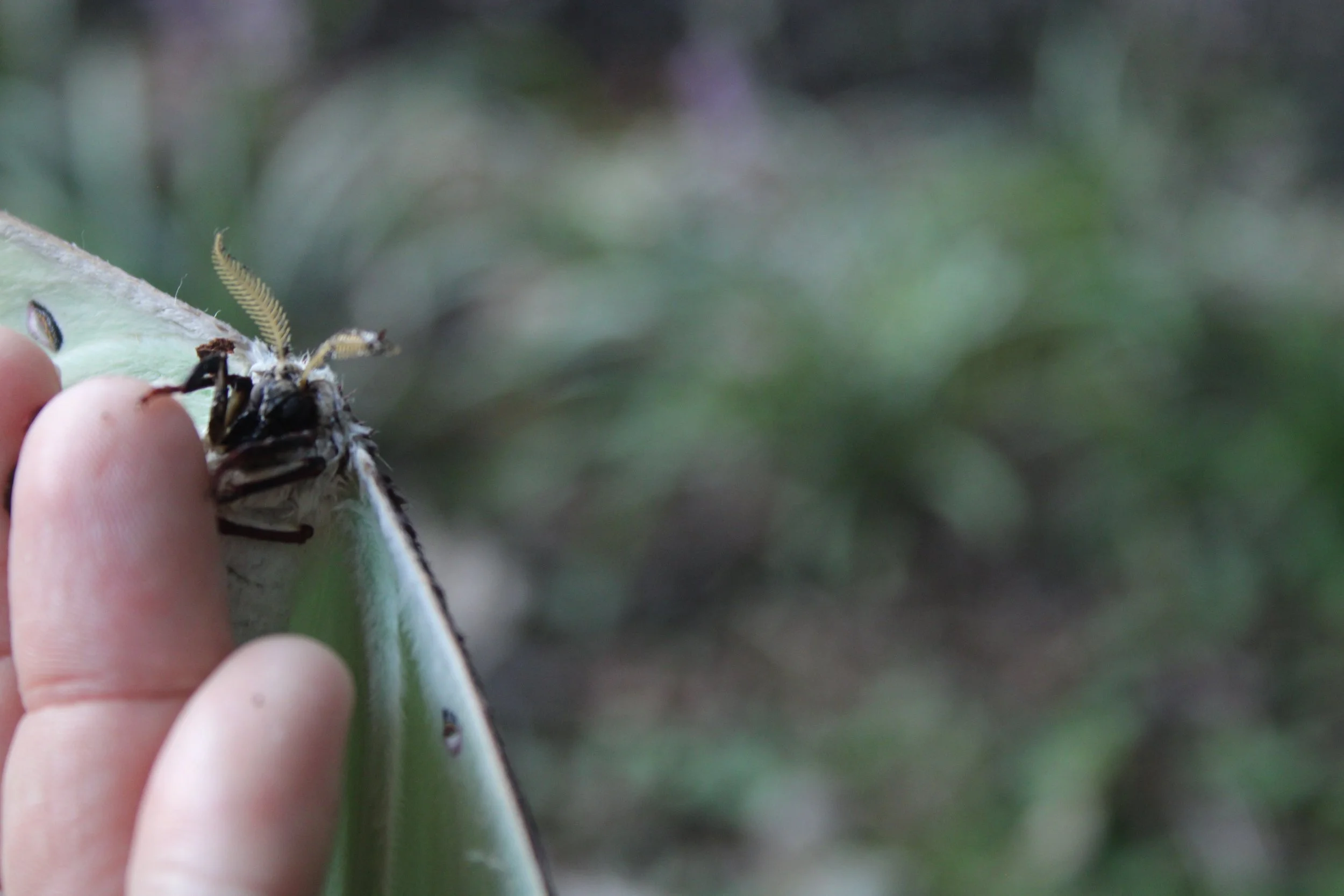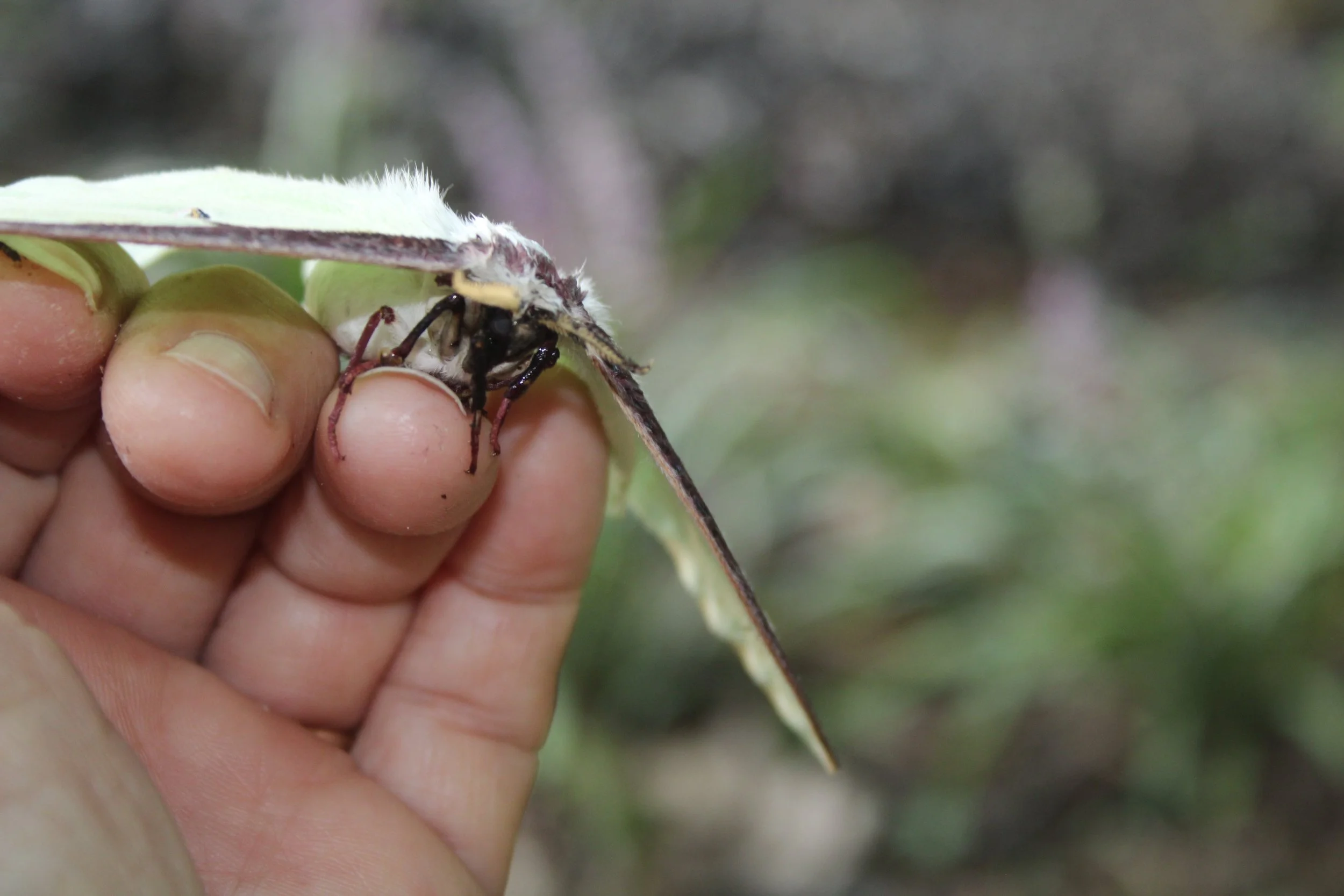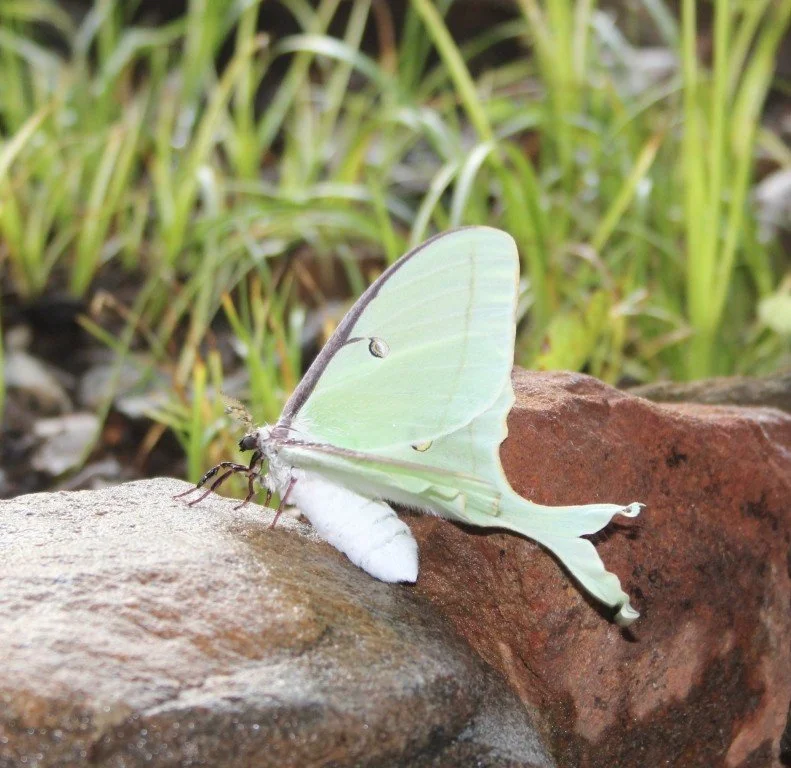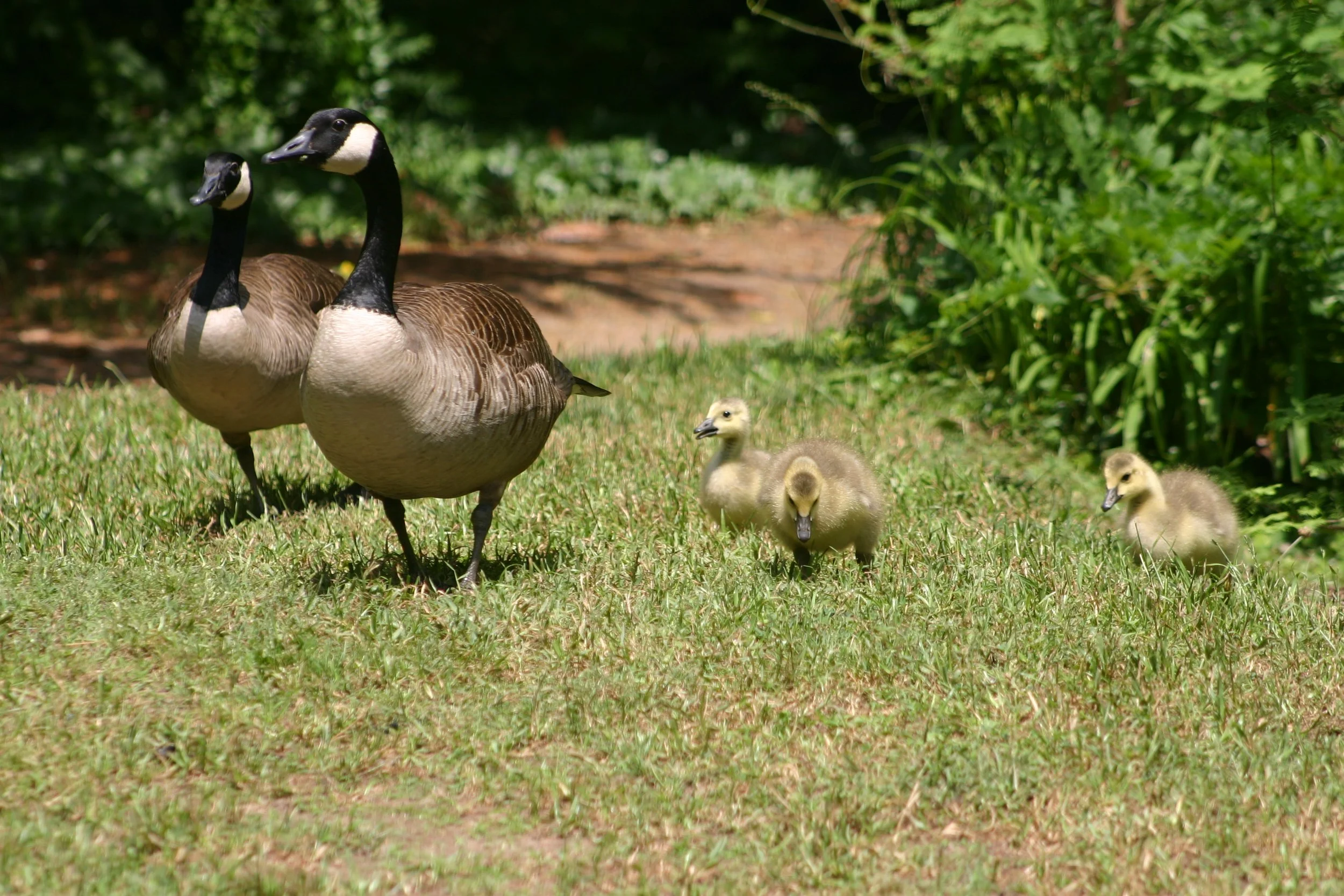The number of days until Christmas is dwindling. If you are still struggling with what to purchase for your favorite gardener, allow me to offer a couple of suggestions.
First, top quality hand pruners are always well received. I seem to lose a pair about every two years, and I’m always grateful for an extra set. Felco has been my long-time choice, but my allegiance changed to Fiskars because of their remarkable open-handedness to the people in areas damaged by Hurricane Hellene. It takes good equipment to clear storm damage, and they have been generous with donated tools. If you are feeling particularly magnanimous, add a pair of loppers. There are Fiskars loppers with a ratcheting operation that allow weak hands to tackle serious pruning. Other models have extendable handles that allow one to extend their reach without a ladder.
My well-worn copy, complete with numerous bookmarked pages. This is THE reference book in my collection of gardening books.
Top of my favorite gardening books is Dirr’s Encyclopedia of Trees & Shrubs. This book is large and expensive – and worth every penny. The photos help me envision plants in my own garden, and Dr. Michael Dirr is unabashedly honest. If a plant is a demanding prima dona, he says so without whitewashing or fanfare. I prize honesty.
For smaller budgets, garden gloves are a good choice. In addition to my leather-palm, fabric gloves, I go through many boxes of nitrile gloves every season. They come in boxes of 50 or 100 and are inexpensive (find at Harbor Freight). I prefer the 7mil thick ones. The 5mil thickness tears too easily for my type of gardening, and the 9mil is harder to get on/off my hands. These gloves keep the dirt from my nails, prevent blisters, give me an excellent touch for handling seedlings, and offer safety when using insecticides or herbicides. They are inexpensive and disposable. I go through three or four pairs a day during peak garden chore season.
Water wands are hard to find in big box stores at this time of the year. The shelves are packed with seasonal décor. The better garden nurseries will stock Dramm wands and heads. Give your beloved an Aluminum Fine Water Breaker Nozzle and you won’t need mistletoe to get a smooch.
My beloved pruner. Keep the blade guard in place when not in use. Keep them away from children. There is a built-in safety device, but don’t be careless.
Last year, my husband bought me a battery-operated pruner. I love it. Mine is a Dewalt (yellow, easy to find at dusk, color coordinates nicely with my John Deere equipment), but there are similar products made by Milwaukee, Ryobi, and others. I use it every week. The same battery-pack that powers my pruners also drives my Dewalt drill. I have an assortment of bulb augurs of different sizes that fit into the drill. These look like giant drill bits, but they are meant for use in soil. Not only do they make quick work of planting bulbs, but they also make holes for annuals sold in 4-packs and 6-packs.
While gift cards to local nurseries are always welcome (hint, hint), think twice before you gift a plant. Most gardeners have personal preferences and would prefer to pick their own.
There is a perfect gift for every gardener. Choose thoughtfully.
